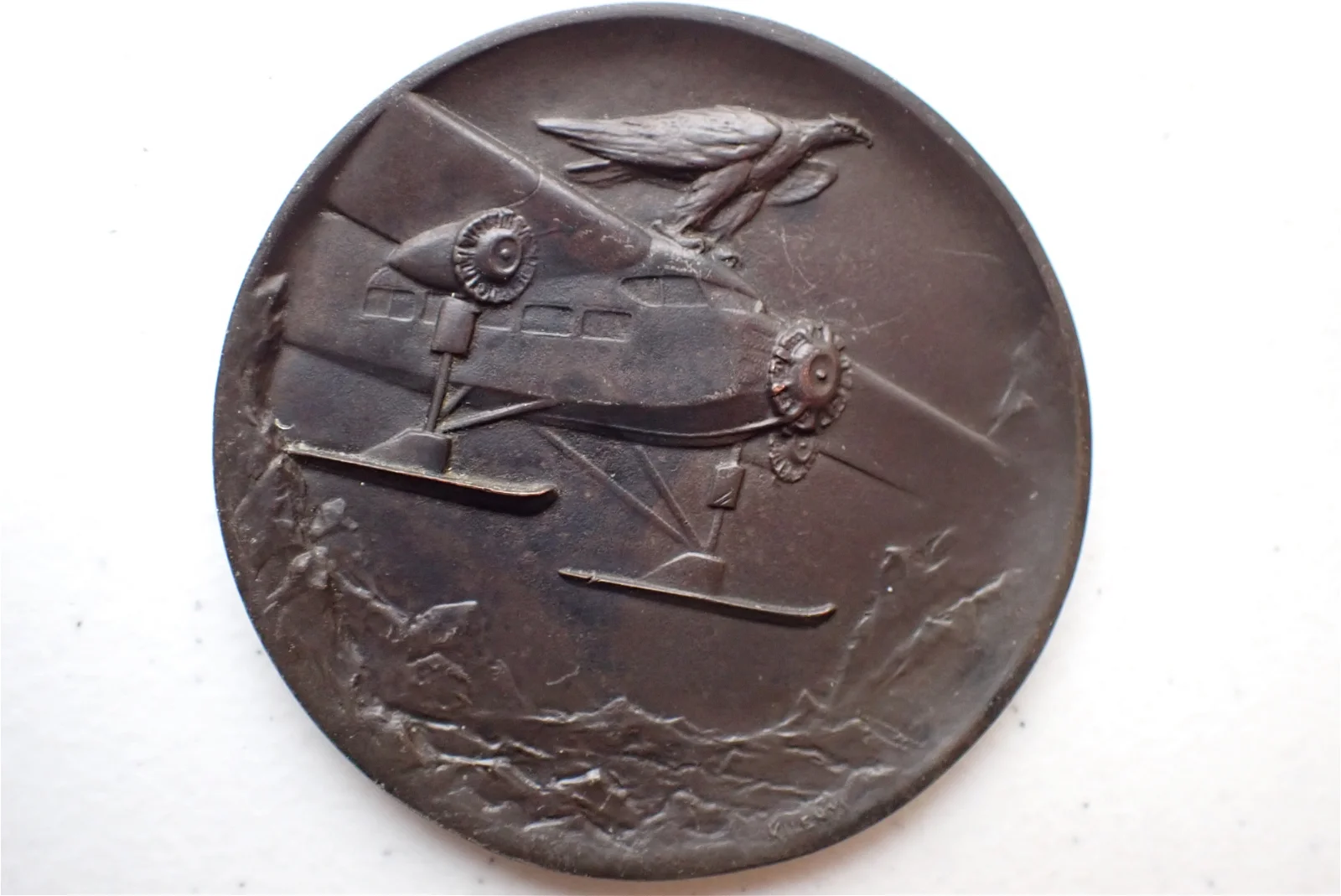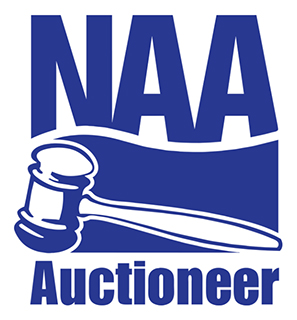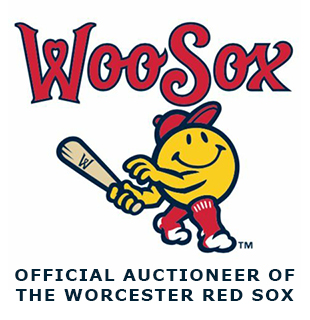Military and uniform insignia – known as “militaria” in the antiques world – makes up a large portion of the collectibles market. The right buyers will pay serious money for uniforms, medals, military orders, badges, firearms, and swords.
There are over 500 medals and insignia that have existed over the history of the United States Army alone. As you can imagine, insignia and medals from other country may have an even broader collection. Each piece is rich with historical significance and tells a story of bravery, honor, and sacrifice.
How do medals and badges and insignia differ?
Insignia denote a branch of service or rank within the branch of service. A badge identifies the military member’s qualifications, talents, and ratings. Medals are awarded for deeds of bravery, for accomplishment, for long periods of service, or for participating in certain campaigns.

Admiral Byrd Flights Over Arctic & Antartica Bronze Medal – sold at auction for $550
How much are militaria items worth?
The value varies enormously. Some medals and uniforms are worth less than $100. Others, like some antique firearms, often sell for thousands.
The rarest and most expensive medal ever sold was the Victoria Cross. Only 1,358 have ever been made and issued to members of the British Armed Forces for valor in the presence of the military. A medal worn by Captain Alfred Shout for his service in the Battle of Gallipoli in 1915 sold at auction for $550,000. Less prestigious versions of this rare medal sell for around $2,000.
What makes a piece of militaria valuable?
The most valuable pieces of militaria are pieces that can be traced back to the soldier who owned the piece. The soldier doesn’t necessarily need to be famous or historically unique – though of course that helps.
Collectors want to know the story. If your collection comes from a family member, or even several family members, it might worth tracking down their service records and mission history, which can help you fetch a better price for any pieces in your possession.
As you might expect, wartime items generally are considered more historically significant than peacetime items are, and generally will sell for more at auction. That is especially true of pieces with a connection to a major war, like the US Civil War or World War II.
Of course, the condition of the piece matters a great deal. A moth-eaten uniform won’t sell for as much as one that looks like it could be in the Smithsonian. An unpolished medal that still shines as it did the day it was pinned on a soldier’s or sailor’s chest will fetch a better selling price
Contact us
We work with clients throughout Massachusetts and the rest of New England, both in a live-auction setting and in an online auction. Call Central Mass Auctions at 508-612-6111, or email us.




